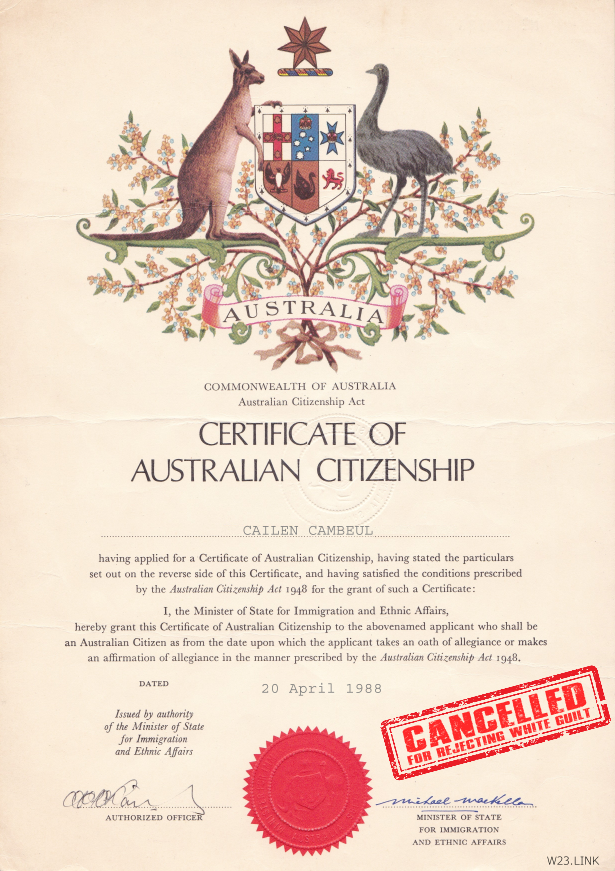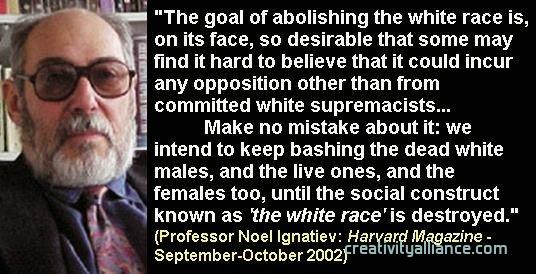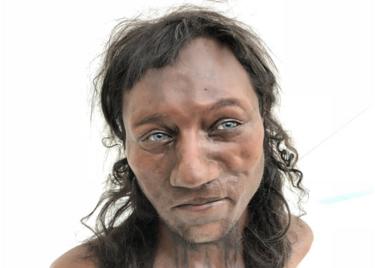I left this on YouTube as a comment. It'll be removed by YouTube's ADL Censors.
Gen-X Here: This is directed at the so-called Liberal Democracy - The censors of free speech advocating Gulags for any political dissent:
The Liberal Democracy of free Press, University and Judiciary all follow one political train of thought in lockstep with two-party/uni-party politics. Any individual or group that pops their head over the parapet will get it shot off by the Extreme-Left Hate-&-Blame-Whitey so-called Liberal Democracy. This whole /Do as we say, Vote as we say, Or we'll cancel the election, impose our own winner and lock up anybody we don't approve of and dares to win an election in our Liberal Democracy where we set the rules/ ... that's not democracy, it's Faux Democracy. It is the dictatorship of the anti-White/anti-Western Extreme Left.
Today's society is Disenfranchisement, Purge & Replacement for the White ethnic populations of the West. Any political resistance to mass third-world immigration leads to disenfranchisement. There is a constant purging of White people from the military, from the police, from the political system and the civil or public service that underpins the entire of society. Therefore it is self-evident that so-called Liberals are following Stalinist methods of purge and replace Whites with the new chosen people of the Third World. With the constant Liberal talk being to place recalcitrant Whites in the Gulag, what can we say other than stick your Faux Democracy! You leave us with only one solution: Revolution and Regime Change.
You brought this upon yourselves.
... Now go ahead and delete this like you YouTube censors always do, and prove us right!
@Cailen.
https://www.youtube.com/@CailenCambeul
I Tried To Tell Liberal Journalists Why Generation Z Don't Like Democracy, and It Didn't Go Well.
From https://www.youtube.com/@Con_Tomlinson
Gen-X Here: This is directed at the so-called Liberal Democracy - The censors of free speech advocating Gulags for any political dissent:
The Liberal Democracy of free Press, University and Judiciary all follow one political train of thought in lockstep with two-party/uni-party politics. Any individual or group that pops their head over the parapet will get it shot off by the Extreme-Left Hate-&-Blame-Whitey so-called Liberal Democracy. This whole /Do as we say, Vote as we say, Or we'll cancel the election, impose our own winner and lock up anybody we don't approve of and dares to win an election in our Liberal Democracy where we set the rules/ ... that's not democracy, it's Faux Democracy. It is the dictatorship of the anti-White/anti-Western Extreme Left.
Today's society is Disenfranchisement, Purge & Replacement for the White ethnic populations of the West. Any political resistance to mass third-world immigration leads to disenfranchisement. There is a constant purging of White people from the military, from the police, from the political system and the civil or public service that underpins the entire of society. Therefore it is self-evident that so-called Liberals are following Stalinist methods of purge and replace Whites with the new chosen people of the Third World. With the constant Liberal talk being to place recalcitrant Whites in the Gulag, what can we say other than stick your Faux Democracy! You leave us with only one solution: Revolution and Regime Change.
You brought this upon yourselves.
... Now go ahead and delete this like you YouTube censors always do, and prove us right!
@Cailen.
https://www.youtube.com/@CailenCambeul
I Tried To Tell Liberal Journalists Why Generation Z Don't Like Democracy, and It Didn't Go Well.
From https://www.youtube.com/@Con_Tomlinson






























